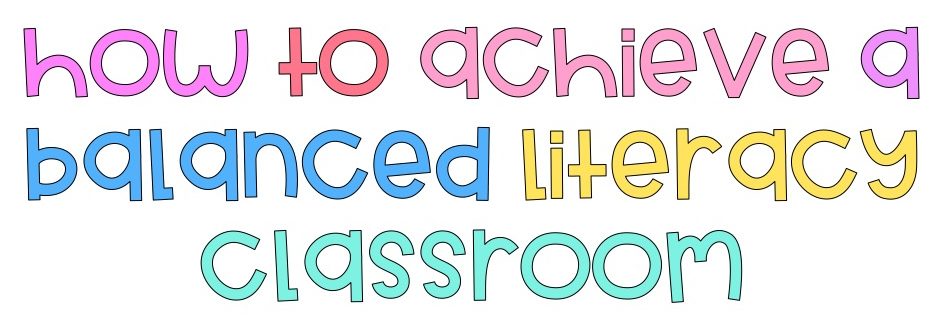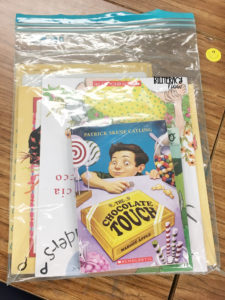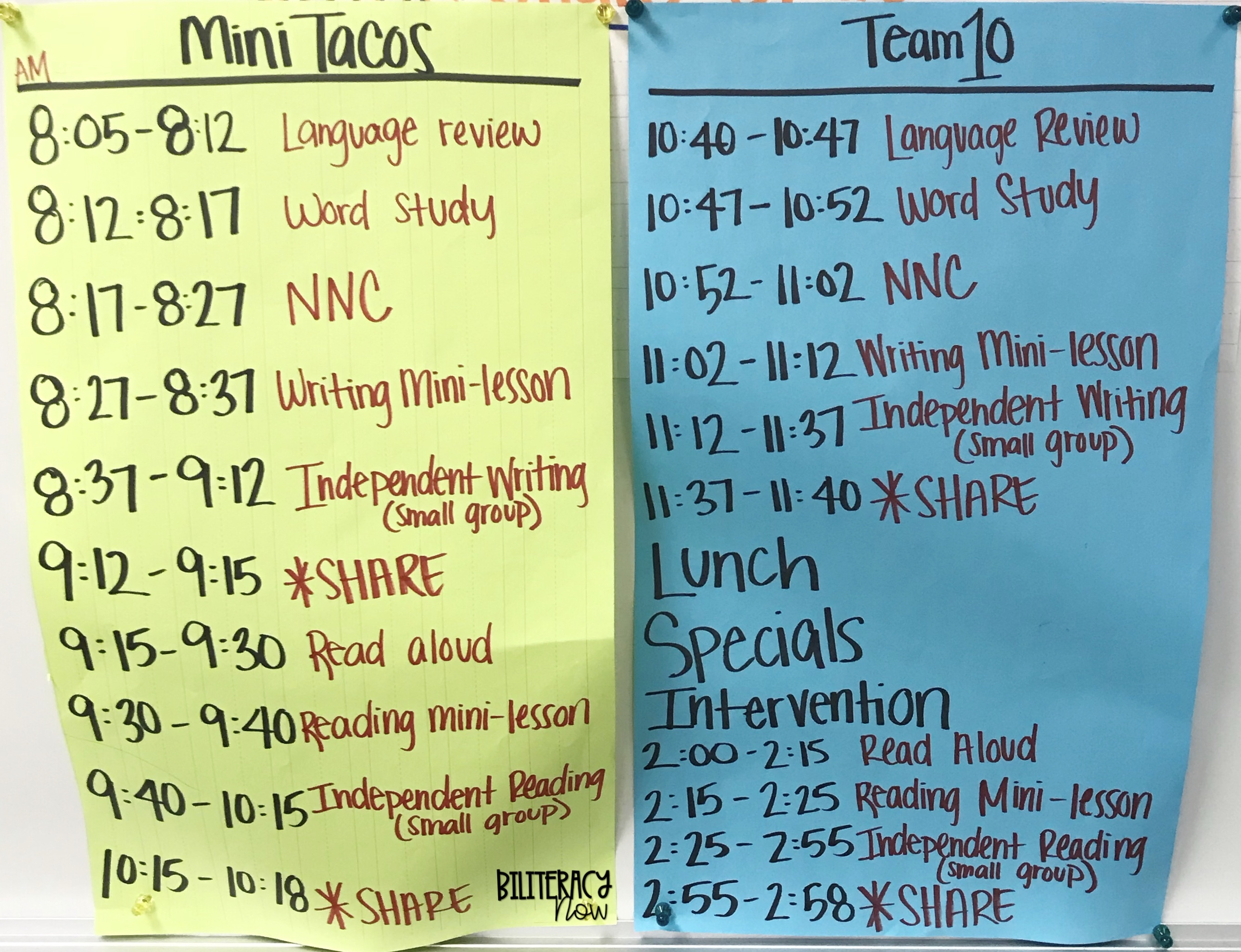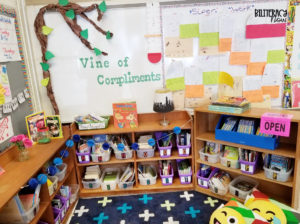The beginning of the school year is often the most exciting time of the year! Teachers are buying classroom decor and gearing up to welcome their students on the first day of school. One of the things I notice about teachers (myself included) is how often we forget to incorporate the curriculum when finalizing our classroom layout and supplies. Sometimes we’re so busy that we forget to think about the most important things, but it’s OK, it happens! In this post, I’m going to discuss some of the steps you can take to set up and achieve a balanced literacy classroom.
Let’s start with defining balanced literacy, shall we? As the name implies, the goal is to ensure students have a balanced exposure to the various components of literacy, such as read aloud, shared reading, word study, authentic reading, and writing. A rich and consistent exposure to all of these overlapping elements will “balance” the student’s literacy knowledge. And believe it or not, the classroom layout. decor and supplies play a huge role in ensuring students are receiving a balanced exposure to all of these important elements.

The following items should be student-friendly and visible from every angle in the classroom…
- a daily schedule
- the objectives for all subjects
- a goal setting station
- current anchor charts
- group chart
- a writing center
- an INTERACTIVE word wall
- a designated meeting area for your whole group lessons
- a classroom library where books are organized by reading levels, genres, interests, etc…
- a book shopping schedule
The teacher is expected to…
- pull small groups daily
- document small group meetings
- ensure the students read silently every day
- ensure the students write silently every day
- set up journals and/or folders for each student
The students are expected to…
- have books at their reading level or by interests
- shop for books once a week
- keep reading logs
- collaborate with their assigned group
- go through the entire writing process (pre-writing, drafting, revising, editing and publishing) regularly
- create reading and writing goals continuously
- write about their reading
These are just a few of the items you could incorporate into your daily routine to ensure students are receiving balanced exposure to the various forms of literacy.
Below are some real-life examples of the items I listed above.




How many of you are already incorporating these ideas into your classroom? Comment below!